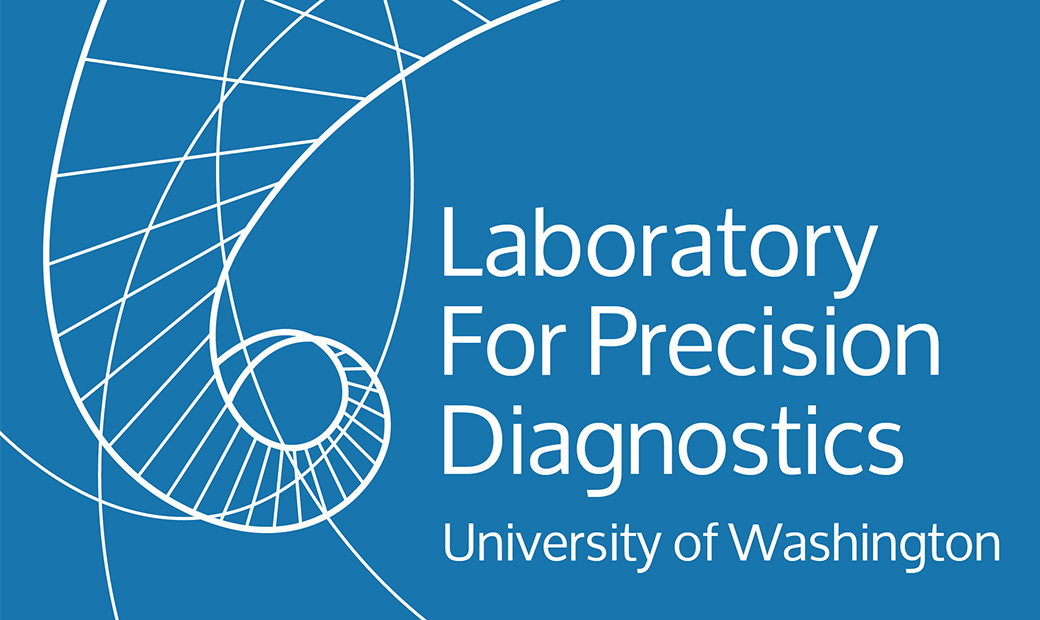Osteogenesis Imperfecta
Osteogenesis imperfecta (OI) is a clinically and genetically heterogeneous disorder characterized primarily by fragile bones that result in fracture and bone deformity. The clinical severity, presence of other phenotypic features, and variation in age of onset and type of OI are determined by the gene in which a mutation occurs and the nature and location of the mutation in the gene. About 95% of the mutations found in individuals with OI are found in the two type I collagen genes, COL1A1 and COL1A2 and account for all but a few of the dominant forms of OI. The other dominant form, OI type V, was recently found to have a single mutation in the IFITM5 gene in all affected individuals. In almost all the remaining affected individuals, biallelic mutations have been identified in some 13 different genes and account for the far less common recessive forms of OI.
These frequency data and the presence of some populations-specific recessive forms of OI were discussed at a consensus meeting in Amsterdam in June 2010. The recommendations reached at that meeting define strategies for the laboratory diagnosis of OI and provide the basis for our approach to testing: EMQN best practice guidelines for the laboratory diagnosis of osteogenesis imperfecta
TEST GUIDELINES FOR OSTEOGENESIS IMPERFECTA
Ehlers-Danlos Syndrome
The Collagen Diagnostic Laboratory offers diagnostic testing for EDS type IV (vascular EDS), EDS type VI (kyphoscoliotic EDS) and EDS VII (arthrochalasia). Testing for EDS types I and II (classical EDS) is now also available. There is presently no laboratory test available for individuals with the most common form of EDS – EDS type III or Hypermobility EDS. It remains a clinical diagnosis.
TEST GUIDELINES FOR EHLERS-DANLOS SYNDROME
Familial Aneurysm Syndrome
Mutations in several genes have been associated with an increased risk for aneurysm and dissection of the thoracic aorta and other major arteries. Depending on the gene, aneurysm may occur in the context of a recognizable genetic syndrome (e.g. Marfan syndrome or Loeys-Dietz syndrome) or with few to no additional clinical findings (a group of disorders known as familial thoracic aortic aneurysm and dissection, or familial TAAD). Identification of a patient’s underlying gene mutation can have significant implications for vascular screening and management.
TEST GUIDELINES FOR FAMILIAL ANEURYSM SYNDROME
Marfan Syndrome
Mutations in FBN1 can result in several phenotypes, the most frequent of which is Marfan syndrome that is characterized by relative tall stature, arachnodactyly, kyphoscoliosis, chest deformity, lens dislocation and a high risk for aortic aneurysm and dissection. Marfan syndrome is inherited in an autosomal dominant fashion and almost 2000 discrete mutations have been identified. The majority of mutations that have been identified are missense changes but nonsense mutations, frameshifts, splice site mutations that result in frameshifts or in-frame deletions or insertions, and partial or total allele deletion can all occur. Although there are recurrent mutations, most are private to each family. Genotype/phenotype correlation has been difficult because, in part, the selection of individuals for testing often includes many of the clinical features that might be chosen as part of the phenotype to assess.
In addition to Marfan syndrome mutations in FBN1 can cause dominantly inherited forms of geleophysic dysplasia, acromicric dysplasia, Weill Marchesani syndrome, and stiff skin syndrome. For each of these, mutations are clustered in specific locations but mutations that result in Marfan syndrome can occur in the same exons.
TEST GUIDELINES FOR MARFAN SYNDROME
Loeys-Dietz Syndrome
Mutations in the TGFB receptor genes give rise to clinical phenotypes that overlap with those seen in the Marfan syndrome, including aortic aneurysm, but can include hypertelorism (wide spaced eyes), generalized arterial tortuosity, craniosynostosis, cleft palate, bifid uvula, congenital heart disease, and mental retardation. In some families only aortic root enlargement with risk of early dissection has been recognized while in others the phenotype is more complex. Involvement of vascular vessels other than the aorta are reported as well.
The TGFB receptors mediate the signaling of the TGFb cytokines and of members of the same large cytokine family. Mutations in the receptor genes have been found to give rise to clinical phenotypes that overlap with those seen in the Marfan syndrome, including aortic aneurysm, but can include hypertelorism (wide spaced eyes), generalized arterial tortuosity, craniosynostosis, cleft palate, bifid uvula, congenital heart disease, and mental retardation (Mizuguchi et al. 2004; Loeys et al. 2005; Loeys et al. 2006; Stheneur et al. 2008). This spectrum represents the sum of findings in almost ninety families and it is important to emphasize that in a given family only a few of these findings may be present. In some families only aortic root enlargement with risk of early dissection has been recognized while in others the phenotype may be more complex. It is very likely that the clinical presentation depends on the nature and location of the mutation in the gene and the effect that the mutation has on the function of the receptor.
TEST GUIDELINES FOR LOEYS-DIETZ SYNDROME
Test Guide for Collagen Screening:
COLLAGEN SCREENING: THE END OF AN ERA

